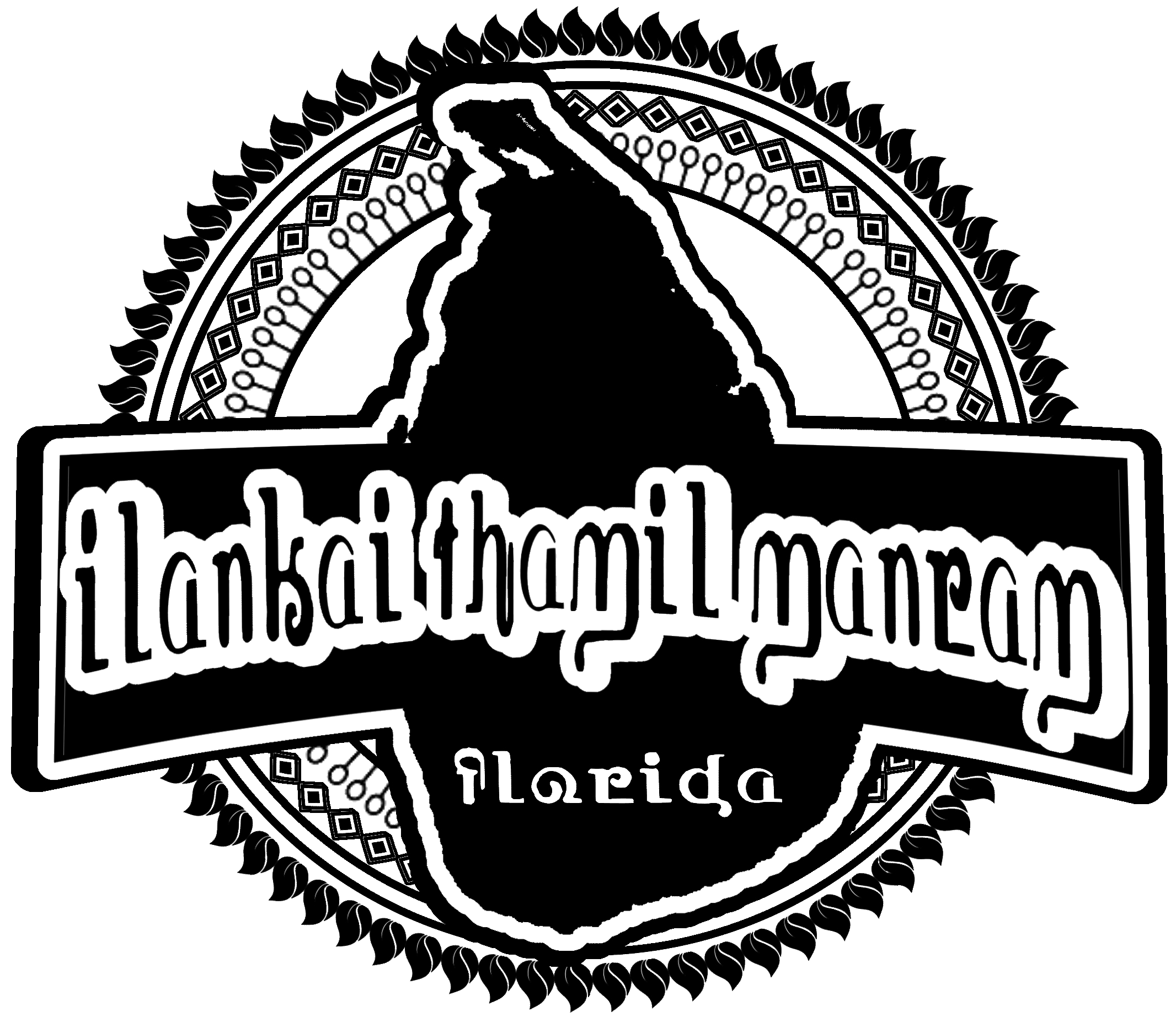
Rice is a staple food all over South Asia, and Sri Lanka has many varieties that are heirloom varieties, as well as others that are grown commercially.
Paleo-ecological studies suggest that rice may have been present in Sri Lanka from as early as 5000 BCE. Because there are no surviving written records of this era, the theory is largely based upon the study of plant material left in the soil from that time. However, rice has minimal mention in the earliest Sri Lankan records, which suggests that the cultivation gradually became unsuccessful or died out. It was not until around 900 BCE that rice again became a major cultivar, with the development of major irrigation infrastructure to support planting coming into place around 390 BCE.
During ancient times, Sri Lanka cultivated many varieties of rice. In fact, it is believed that there are about 2000 varieties of heirloom rice which are native to Sri Lanka. The cultivation of rice was so successful that even from two thousand years ago, Sri Lanka exported many of these heirloom rice varieties, earning it the title the “Granary of the East.” Historical records suggest major cultivation occurred around the ancient city of Anuradhapura, which boasted a flourishing civilization and beneficial climate.
While rice farming took a backseat to colonial concerns during the years of Dutch, Portuguese, and British rule, rice remained a staple food of the populace. Although much land was cleared in favor of tea, cinnamon, and rubber plantations, heirloom varieties of rice were passed down through the generations of farming families.
While there are a rich assortment of indigenous rice varieties that still exist in Sri Lanka, only a few are prevalently grown today, and are mostly types of red rice. Some of the available types include Suwandal, Kalu Heenati, Sudu Heenati, Goda Heenati, Mada Thawalu, Masuran, Maa Wee, Pachchaperumal, and Gonbaru. Instead, most commercial cultivation in Sri Lanka now involves imported or specially bred varieties of rice that are heavily reliant on fertilizers and pesticides, such as Samba, Keeri Samba, Red Samba, Red Nadu, and Nadu. In the north, one of the more popular strains is Mottai Karuppan, a strain originating in South India.
Rice is the major carbohydrate source for Sri Lankans, and as such makes up about half of the calorie intake. Rice production takes about a third of the island’s agricultural land, even though a majority of the production is on a private rather than commercial scale. Although red rice is not very popular worldwide, it makes up more than 25% of consumption in Sri Lanka. While Sri Lanka normally can produce enough rice to be self-sufficient, rice is sometimes imported by the government in order to suppress domestic prices.
